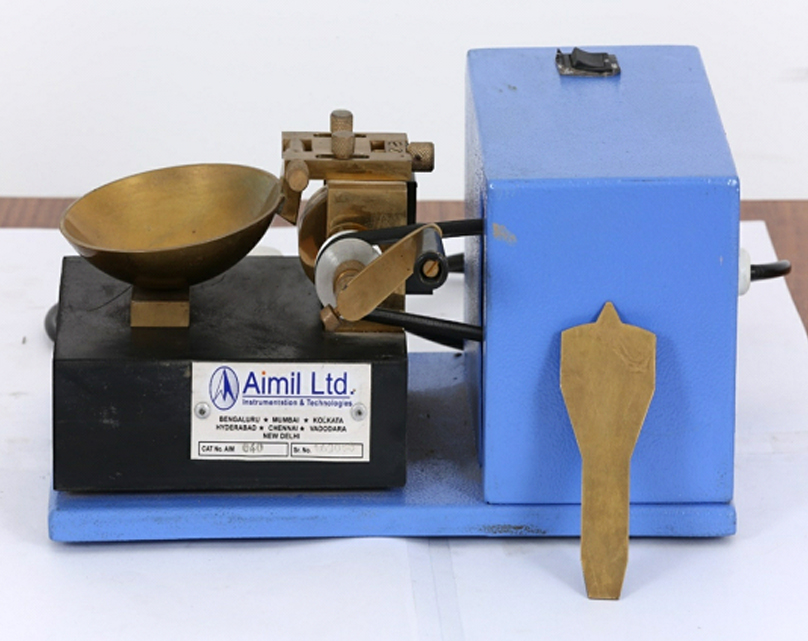Tests on soil
Liquid Limit of Soil
Code: This test is done as per IS: 2720 (Part 5) – 1985.
PREPARATION OF SAMPLE:
- i) Air-dry the soil sample and break the clods. Remove the organic matter like tree roots, pieces of bark, etc.
- ii) About 100g of the specimen passing through 425µm IS Sieve is mixed thoroughly with distilled water in the evaporating dish and left for 24hrs for soaking.
Procedure:
- i) Place a portion of the paste in the cup of the liquid limit device.
- ii) Level the mix so as to have a maximum depth of 1cm.
- iii) Draw the grooving tool through the sample along the symmetrical axis of the cup, holding the tool perpendicular to the cup.
- iv) For normal fine grained soil: The Casagrande’s tool is used to cut a groove 2mm wide at the bottom, 11mm wide at the top and 8mm deep.

- v) For sandy soil: The ASTM tool is used to cut a groove 2mm wide at the bottom, 13.6mm wide at the top and 10mm deep.
- vi) After the soil pat has been cut by a proper grooving tool, the handle is rotated at the rate of about 2 revolutions per second and the no. of blows counted, till the two parts of the soil sample come into contact for about 10mm length.
- vii) Take about 10g of soil near the closed groove and determine its water content
- vii) The soil of the cup is transferred to the dish containing the soil paste and mixed thoroughly after adding a little more water. Repeat the test.
- ix) By altering the water content of the soil and repeating the foregoing operations, obtain at least 5 readings in the range of 15 to 35 blows. Don’t mix dry soil to change its consistency.
- x) Liquid limit is determined by plotting a ‘flow curve’ on a semi-log graph, with no. of blows as abscissa (log scale) and the water content as ordinate and drawing the best straight line through the plotted points.
Uses:
To determine the liquid limit of soil.

